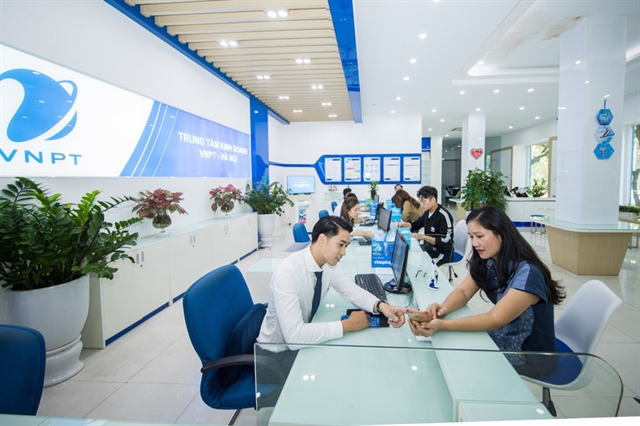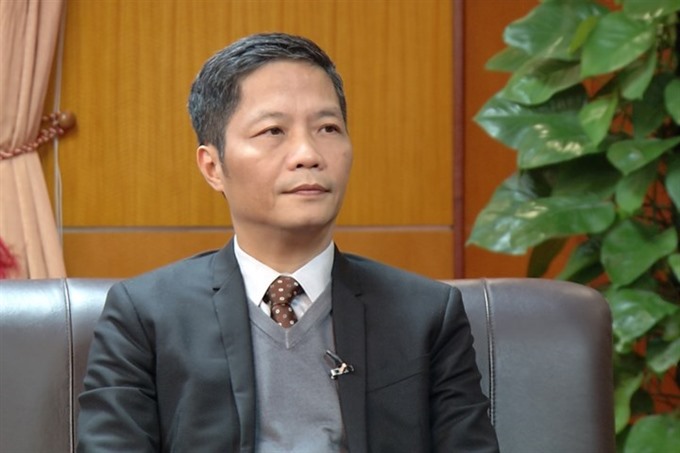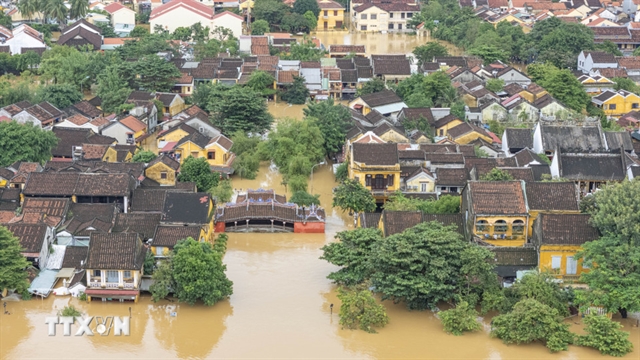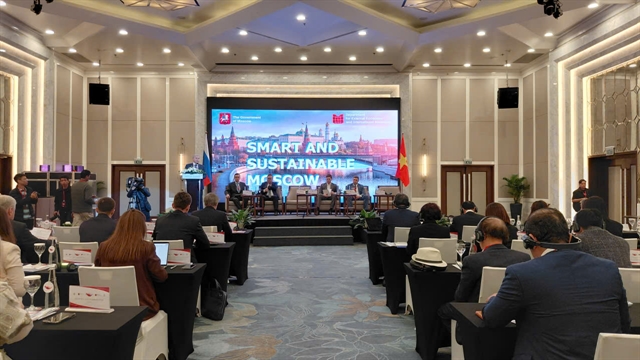 Opinion
Opinion

Minister of Trade, Trần Tuấn Anh, speaks to Hải Quan (Custom) newspaper on the challenges facing the country in restructuring exports.
 |
| Minister of Trade, Trần Tuấn Anh. — Photo vietnamnet.vn |
Minister of Trade, Trần Tuấn Anh, speaks to Hải Quan (Custom) newspaper on the challenges facing the country in restructuring exports
In 2017 Việt Nam exported goods worth more than $210 billion. What’s the target set by the Ministry of Trade for 2018?
At the 2017 year-end meeting, the National Assembly set a target for export turn-over to increase by 7-8 per cent and for the import surplus over exports to be under 3 per cent. These targets are not high compared to those in 2017.
In 2017, Việt Nam earned US$213.8 billion in exports – an increase of 21.1 per cent compared to that of 2016. However, in 2018, there are many challenges for import and export activities. One of the reasons is that the economic and trade policies of major countries like the United States and the European Union are likely to change quickly and have multi-dimensional impacts on Việt Nam. Coupled with that is the tense political situation in many places that are having negative impacts on global finance, the prices of raw materials and the demand for raw materials as well as the importing of consumer goods.
Furthermore, the supply of agricultural products throughout the world will continue to increase. Many countries have tried to increase production so that they will not depend so much on imports. Last but not least, the trade protection tendency has been on the rise.
In our strategy on imports-exports for 2011-2020 and towards 2030, Việt Nam has a target to increase the export ratio of industrial processed goods while gradually reducing the export of agro-fishery products, oil and mineral resources. Do you have any comments on the implementation of the strategy?
In 2017 and the previous years, the structure of our export goods has basically moved with the Government’s strategy, that is to increase the export volume and industrial processed goods.
However, in 2018 we will face challenges in putting policies into real life. For example, agro-culture products have already reached their supply ceiling. So it is difficult to increase export volume. Coupled with that in 2017, export revenue from mobile phones and computers reached their peak and became major contributors to national export growth.
So what measures will the Ministry of Trade apply to ensure the export ratio of industrial articles will increase?
To accomplish the targets set by the Government, in 2018 and the following years, the ministry will work closely with concerned ministries and agencies in implementing the following measures.
First, to focus on production development and to manufacture more goods for export.
Second, to continue the nation’s institutional and administrative reforms to create conditions for enterprises to operate and for import-export activities
Third, to focus more on market research, forecasts and warnings about exports while monitoring the development of domestic and international economies and trade so that we can make prompt responses.
Fourth, to carry out market research and expansion as well as trade promotion.
Fifth and finally, to facilitate conditions to increase the volume of exported goods to new markets, particularly agro-products and fisheries. _VNS




